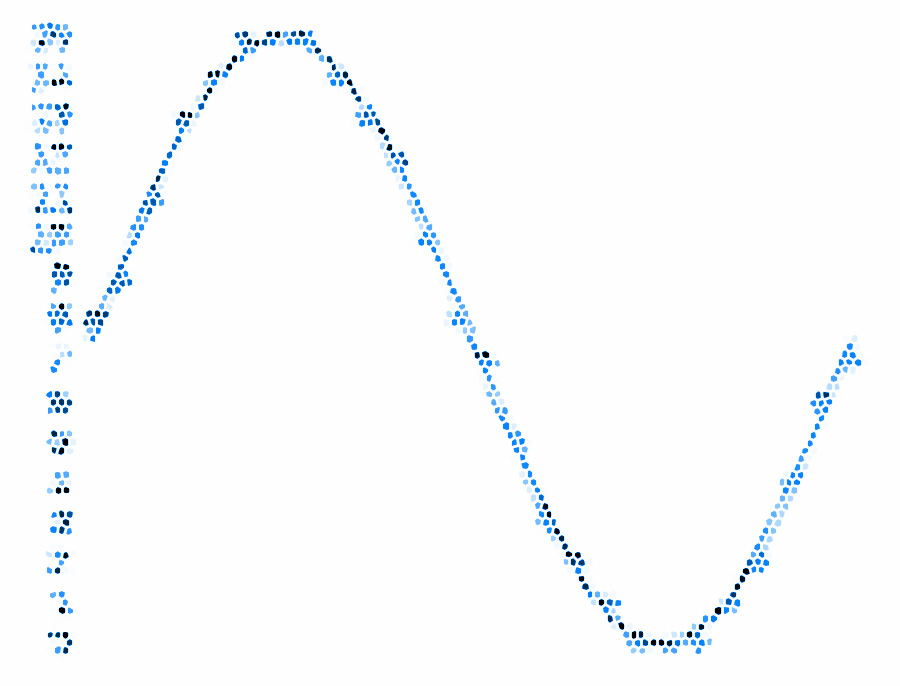The implementation of DACs (Digital-to-Analogue Converters) inside computers lets us convert digital information into analogous signals. Digital audio formats are based on two axis quantization, via Sample Rate and Bit Depth. Some audio amplification systems are named using the standard nomenclature as Class D. Although all digital amplifiers are Class D, not all Class D amplifiers are digital. To be able to refer it as digital, the two inherent axis in the analogue signal would have to be quantized. This isn’t the case in many Class D amplifiers. Only the Sample Rate is defined as a square wave (at very high frequencies) for filtering to be applied afterwards. The reason you can’t input this signal’s information into a computer is one of the axis still being kept analogous. The standard PCM (Pulse Code Modulation) format limits the volume depth possibilities on a defined Bit Depth with an added constant Sample Rate, by consequence letting the computer process and understand this information. Oversampling can then be used to simulate (with regular digital limitations) the analogous curve of a signal for different purposes.


Leave a Reply